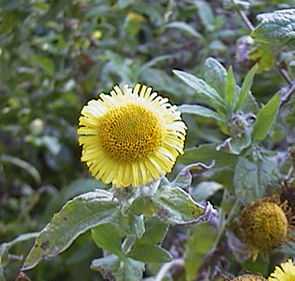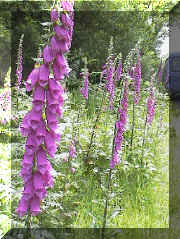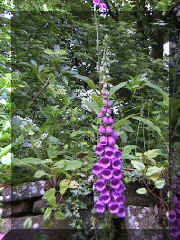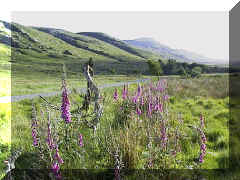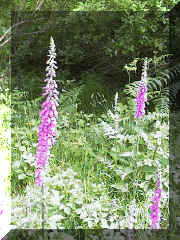Species Datapage No 11
You may click on most photographs to enlarge. *Denotes a Naturalised species
Scroll down to find a species
Fleabane is a little known wildflower, getting scarcer by the year as wetland and moist soils are drained, nearly gone east of the Shannon, this flower is on of the very best late summer bloomers, a must for any garden or landscape where the soil holds it's moisture well into summer.
It is a good wildlife plant to attract insects. Grown from seed or plants, Fleabane sends out long underground runners and spreads fast into clumps of bold colour. Ideal for roadsides.
